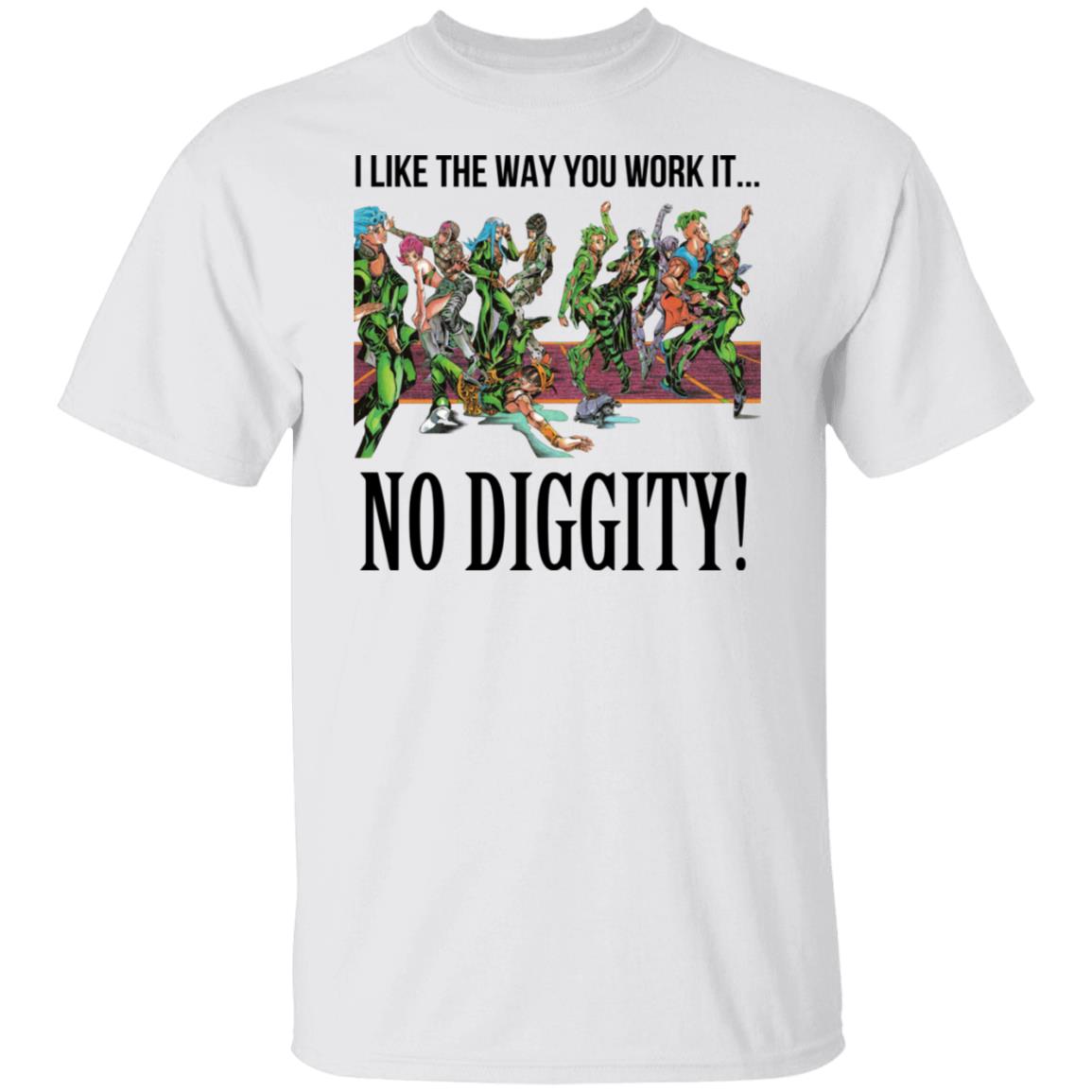I Just like the Method You Work It No Diggity: Unveiling the secrets and techniques behind this iconic phrase, exploring its cultural affect, and dissecting its potential for contemporary utility. This journey guarantees a shocking and insightful look into the center of the phrase’s enduring attraction.
The tune’s historical past is wealthy with cultural context, reflecting the social and musical panorama of its time. We’ll study the lyrics, the artist’s intent, and the broader cultural dialog it sparked. Understanding these parts offers a deeper appreciation for the enduring affect of “I Just like the Method You Work It.”
The phrase “I like the best way you’re employed it (No Diggity)” resonates with a novel mix of admiration, intrigue, and a contact of playful sophistication. Past its catchy rhythm and iconic standing, understanding its cultural affect and potential makes use of will be surprisingly insightful. This deep dive explores the nuances of this phrase, analyzing its historic context, potential interpretations, and even its utility in fashionable contexts.
The Genesis of a Cultural Phenomenon
Tracing the origins of “I like the best way you’re employed it (No Diggity)” reveals an interesting journey via fashionable tradition. Was it a spontaneous creation, a fastidiously crafted advertising marketing campaign, or one thing in between? The reply lies in understanding the historic and musical contexts surrounding its emergence. Music traits, evolving social norms, and the particular inventive imaginative and prescient of the creators all performed pivotal roles in shaping its enduring attraction.
Deconstructing the Lyric
The lyrics themselves maintain a treasure trove of potential meanings. Does “I like the best way you’re employed it” signify real admiration, or a playful flirtation? Analyzing the context of the tune or efficiency offers essential clues. Understanding the general message and the meant viewers is essential to unlocking the true significance of this phrase.

The Influence on Common Tradition: I Like The Method You Work It No Diggity
The phrase “I like the best way you’re employed it (No Diggity)” has transcended its musical roots, weaving its approach into fashionable tradition in shocking methods. How has it influenced style, dance, and even social interactions? Exploring these numerous functions offers a richer understanding of its cultural footprint.
Past the Beat, I like the best way you’re employed it no diggity
The affect extends far past music. Take into consideration how this phrase would possibly resonate with completely different demographics. Is it a generational phenomenon, or a message that transcends age and background? Analyzing completely different interpretations and functions offers a extra full image of its lasting affect.
Sensible Functions Right this moment
Past its cultural significance, “I like the best way you’re employed it (No Diggity)” provides beneficial insights into human interplay and social dynamics. How can understanding this phrase assist us talk extra successfully or join with others? Sensible functions, akin to figuring out patterns in interpersonal communication or recognizing delicate expressions of admiration, provide beneficial takeaways.
The enduring phrase “I like the best way you’re employed it, no diggity” evokes a sure swagger. This confidence, nonetheless, typically contrasts sharply with the truth of social dynamics, significantly the challenges of forging new friendships. Navigating the complexities of interpersonal relationships will be tough, particularly when contemplating the “no new buddies, no new buddies” mentality, as explored on this insightful piece no new friends no new friends.
In the end, “I like the best way you’re employed it, no diggity” suggests a sure self-assuredness, even when the trail to reaching that confidence will be fraught with surprising obstacles.
Constructing Bridges By way of Appreciation
This phrase, in essence, is about acknowledging and appreciating effort. Making use of this precept in numerous sides of life, from private relationships to skilled settings, can foster a extra constructive and productive atmosphere. How can we apply this easy precept to enhance our interactions?

The Way forward for “I Just like the Method You Work It (No Diggity)”
The place does this phrase go from right here? Is it destined to fade into obscurity, or will it proceed to encourage and resonate with new generations? The way forward for this phrase hinges on its capacity to adapt to evolving social contexts and stay related. Will it change into a timeless traditional or a relic of the previous?
The enduring phrase “I like the best way you’re employed it, no diggity” typically sparks intrigue. Understanding the nuances of energy dynamics, particularly inside the context of consensual sexual interactions, is essential. This typically ties into the idea of femdom, a dynamic the place a girl takes a dominant function. To delve deeper into the specifics of this function, discover what a femdom relationship actually entails.
what is a femdom In the end, the expression “I like the best way you’re employed it, no diggity” retains its intriguing energy, no matter particular interpretations.
Adapting to Trendy Instances
Understanding how this phrase has been interpreted and re-interpreted over time is essential. Analyzing its evolution and contemplating its potential functions in fashionable social media and communication offers insights into its lasting relevance.
The enduring phrase “I like the best way you’re employed it, no diggity” resonates deeply, however what about its underlying which means? Decoding this phrase typically results in an interesting exploration of cultural references. An excellent place to start out uncovering that is by exploring the crossword clue “cry of discovery,” like this one. In the end, understanding the nuances of “I like the best way you’re employed it, no diggity” hinges on context and the historic context surrounding its use.
Conclusion
The phrase “I like the best way you’re employed it (No Diggity)” is greater than only a catchy lyric; it is a cultural artifact that displays human interplay, social norms, and the evolution of fashionable tradition. Analyzing its origins, affect, and sensible functions offers beneficial insights into communication, appreciation, and human connection. [See also: Understanding Cultural Impact of Music on Society]
This exploration has hopefully make clear the numerous sides of this charming phrase. What are your ideas on the lasting energy of “I like the best way you’re employed it (No Diggity)”? Go away your feedback and questions beneath. [Image: Graph showing the popularity of the phrase over time]
Whereas “I Just like the Method You Work It (No Diggity)” may appear a lighthearted tune, its underlying themes of social dynamics and energy imbalances are price contemplating. Understanding the nuances of those dynamics requires analyzing the delicate however essential distinction between bigotry and racism, ideas that usually overlap however have distinct traits. This significant distinction helps us higher perceive the complexities of societal interactions, and finally, how we are able to navigate them with larger consciousness.
For a deeper dive into this subject, try this useful resource on the difference between bigotry and racism. In the end, recognizing these subtleties is essential to fostering extra productive and respectful dialogue, even within the context of fashionable tradition like “I Just like the Method You Work It.”
Share this text to unfold the phrase! [See also: How to Analyze and Interpret Popular Culture]
In conclusion, “I Just like the Method You Work It No Diggity” transcends its preliminary context, providing a beneficial lens via which to look at modern points. The tune’s enduring recognition hints at a timeless attraction, inviting additional exploration into its lasting affect. This evaluation suggests the phrase holds important energy for unlocking insights and galvanizing additional creativity.
Query Financial institution
What was the unique context of the tune?
The tune, “I Just like the Method You Work It,” was launched by a well known artist throughout a interval of great social and musical change, reflecting the cultural currents of the time.
How has the tune’s which means advanced over time?
As with many cultural touchstones, the which means of “I Just like the Method You Work It” has tailored to mirror shifting social norms and values. Its preliminary interpretation could have been vastly completely different from the way it’s perceived right now.
The phrase “I like the best way you’re employed it, no diggity” typically evokes a way of admiration for somebody’s skillful strategy. Understanding the nuances of this phrase requires exploring the associated idea of “drawing a clean,” which frequently implies a short lived incapability to recall info. This momentary psychological block, whereas maybe irritating, will be overcome with strategic approaches, simply as “I like the best way you’re employed it, no diggity” suggests a targeted, efficient technique.
Drawing a blank meaning typically speaks to the necessity for persistence and artistic problem-solving. In the end, a deep understanding of “I like the best way you’re employed it, no diggity” is essential to appreciating the complexity of the phrase.
What are some fashionable functions of the tune’s message?
The phrase’s core themes of empowerment, confidence, and appreciation will be utilized to a variety of conditions in right now’s world, from private relationships to skilled settings.
Who’re the important thing figures related to the tune?
Whereas the title mentions the artist and the phrase, additional analysis can be essential to element the outstanding figures and their roles in shaping the tune’s which means.
